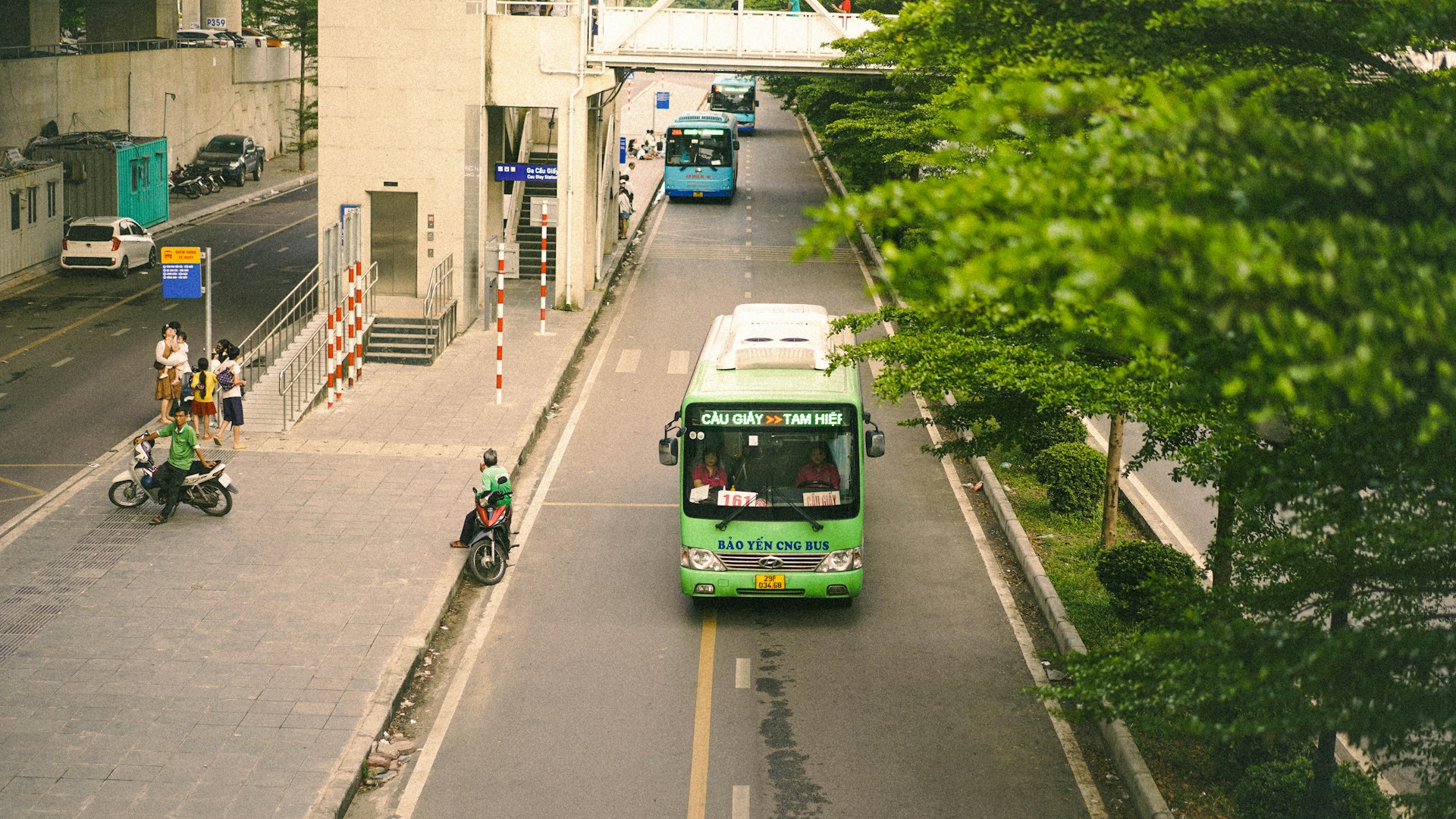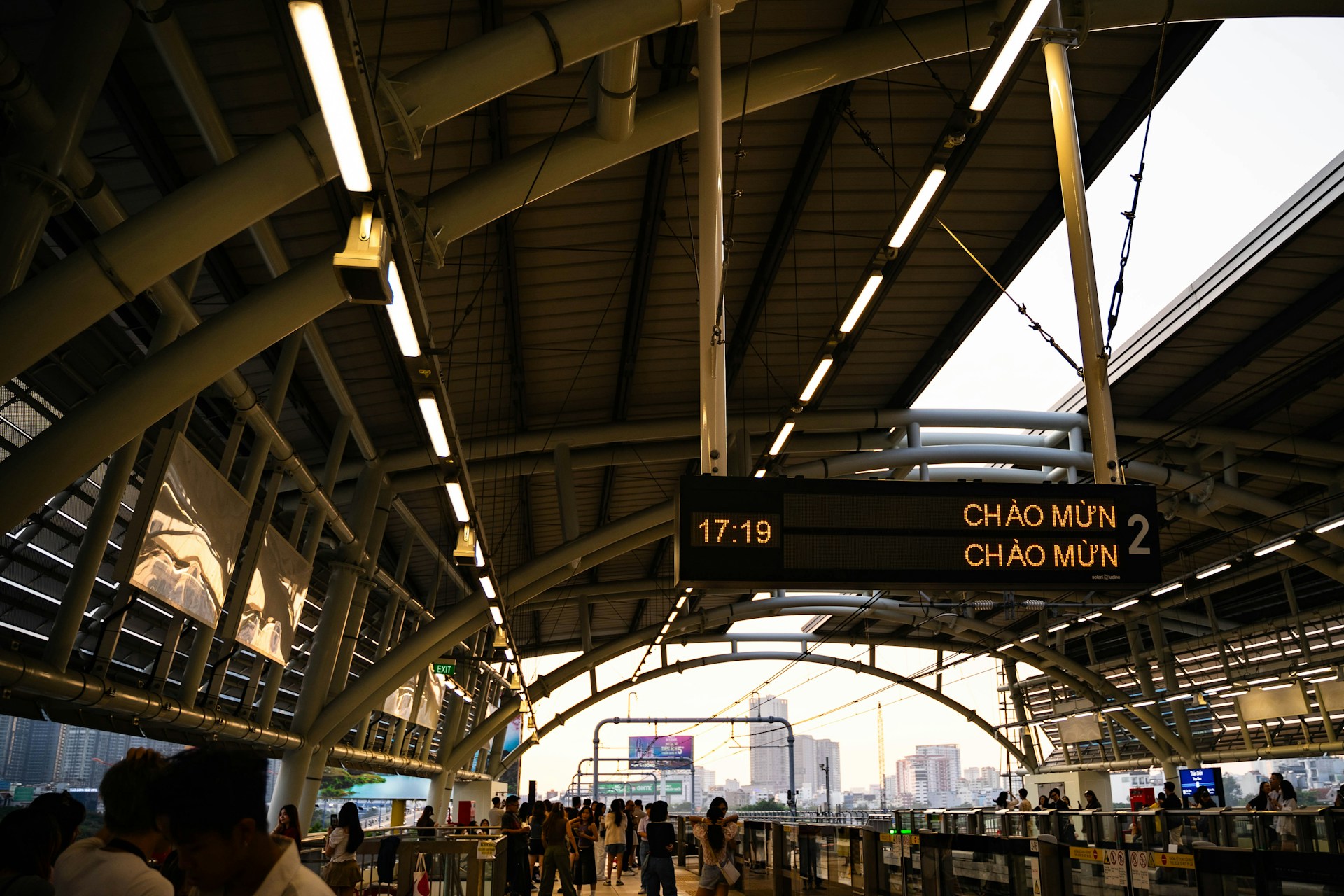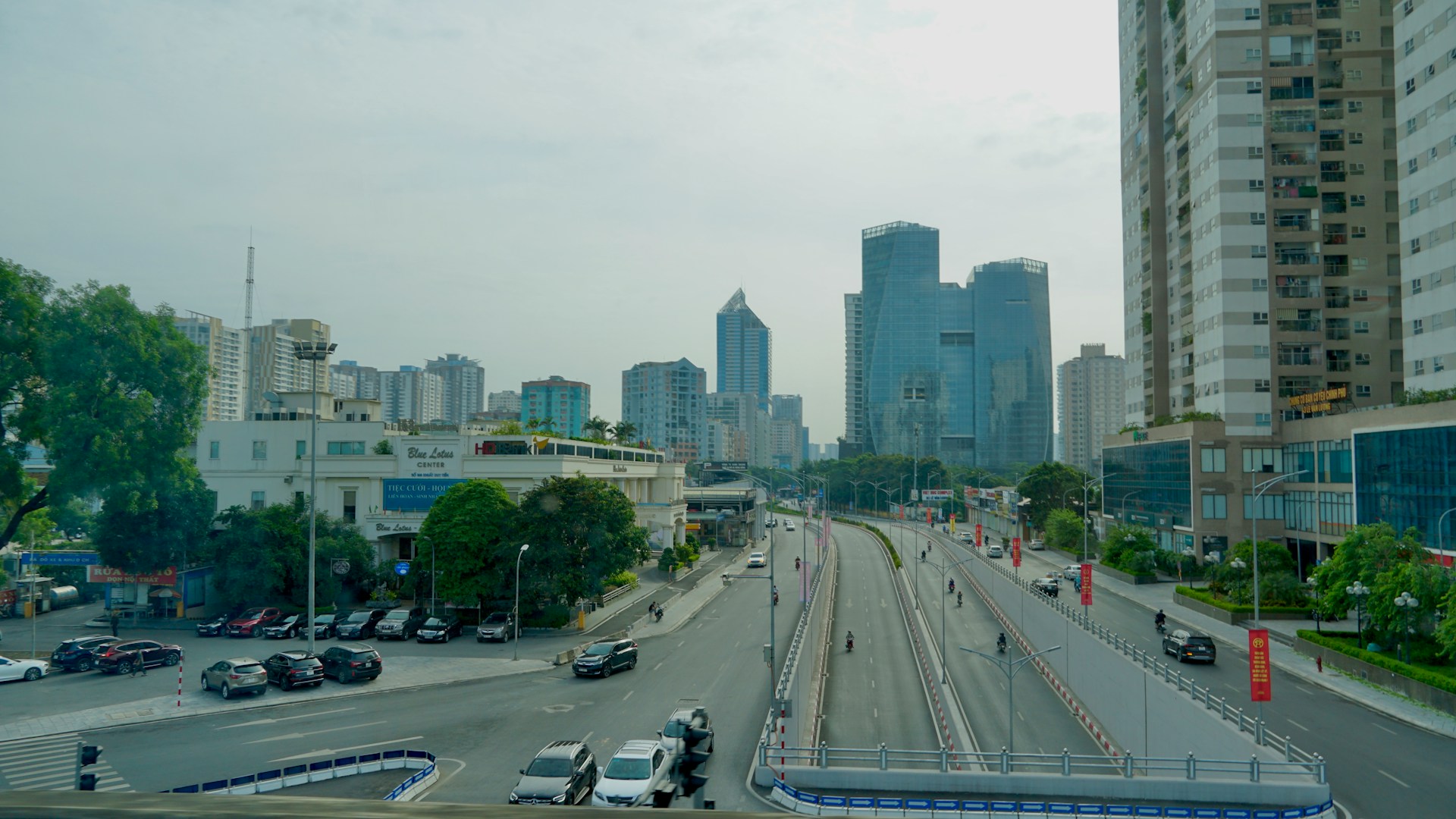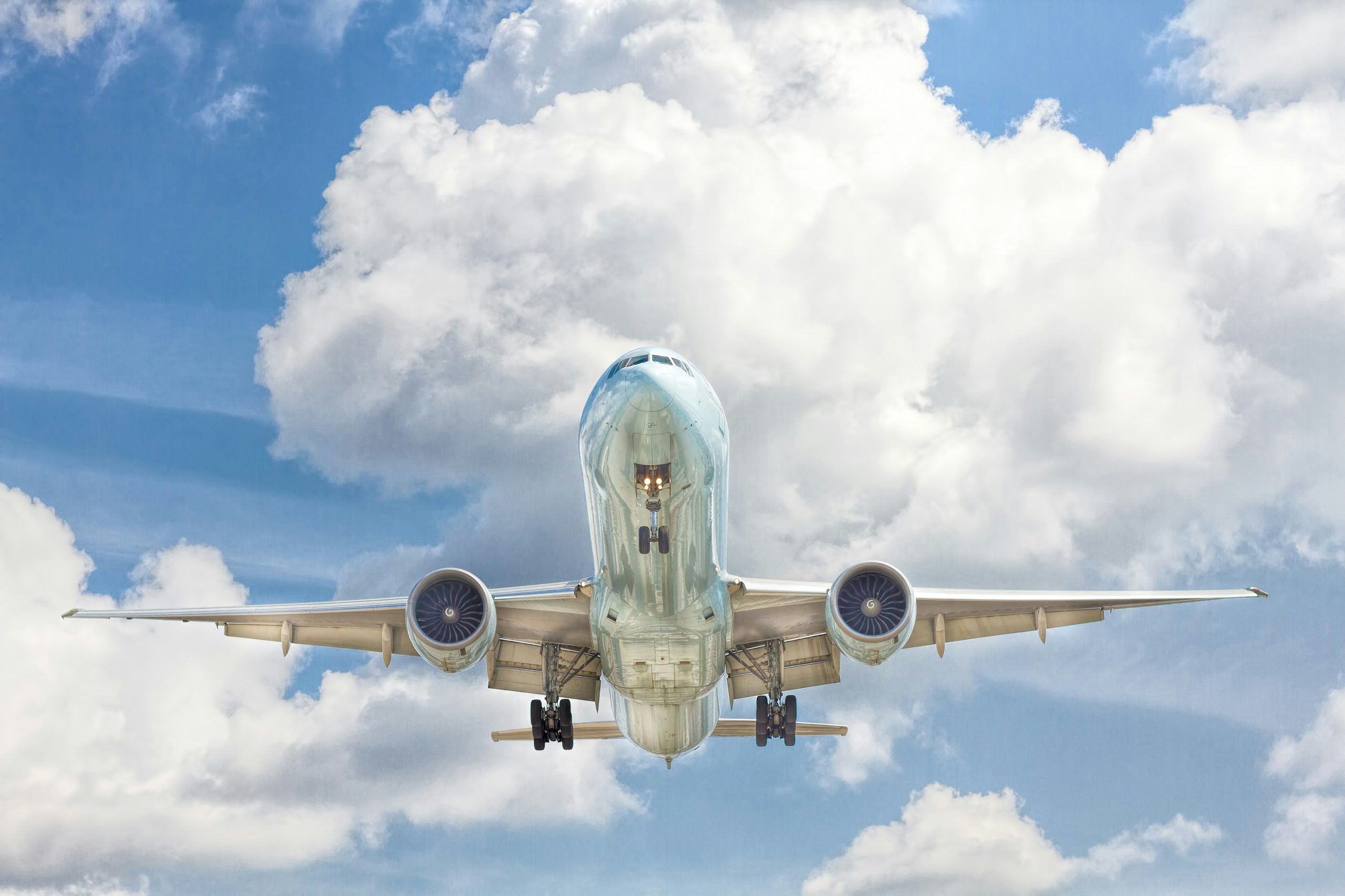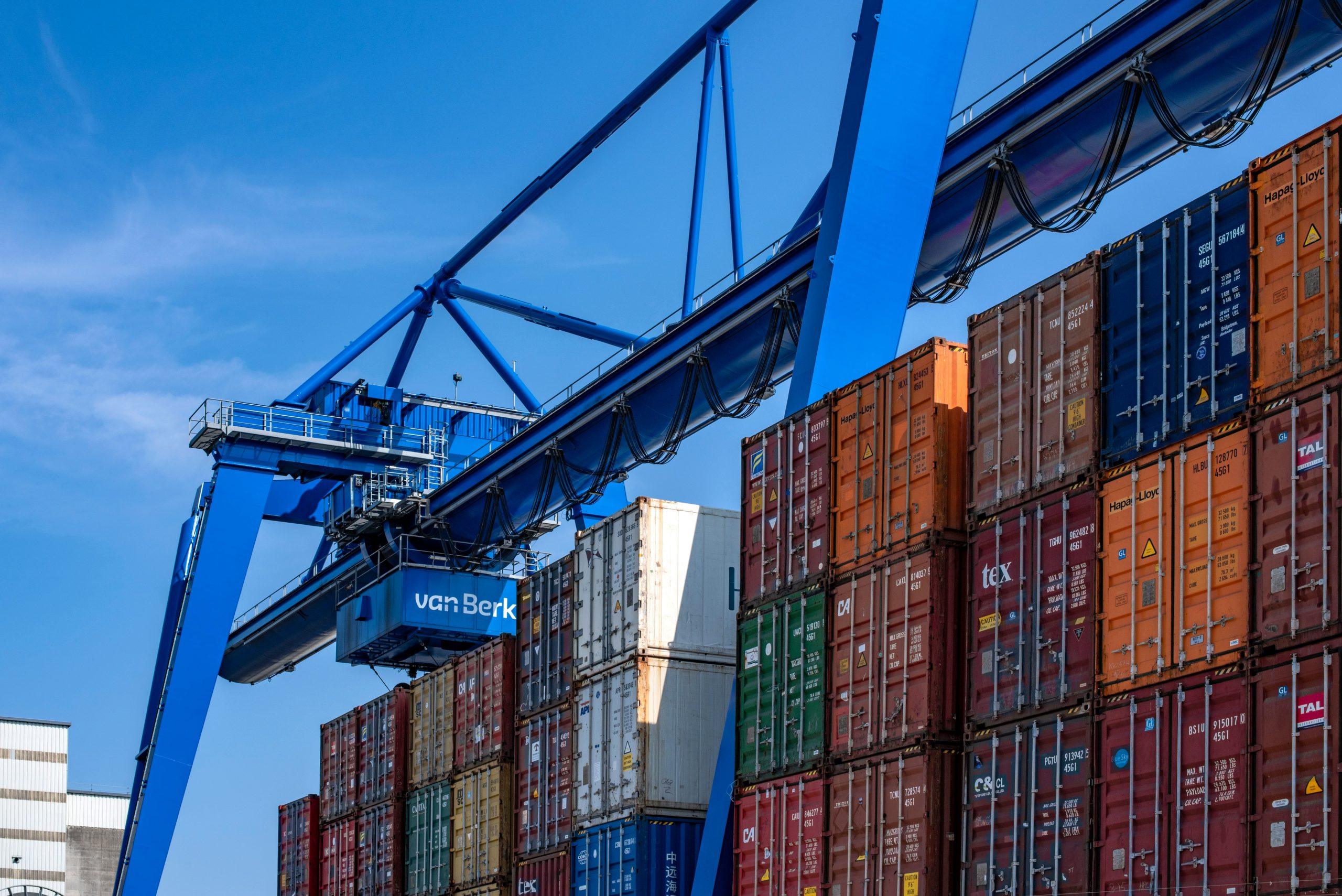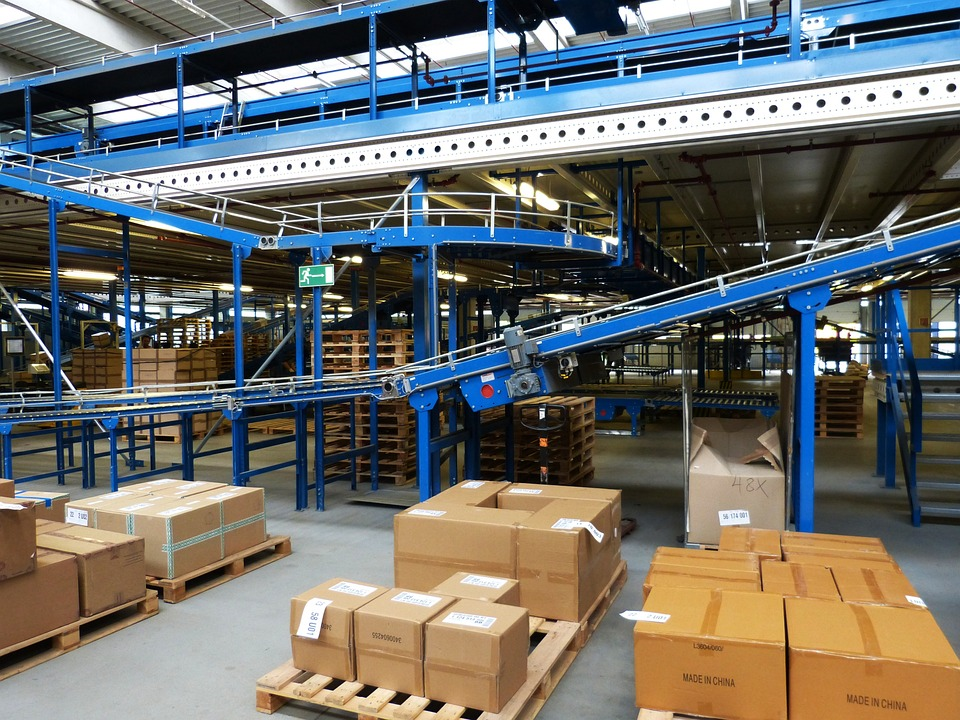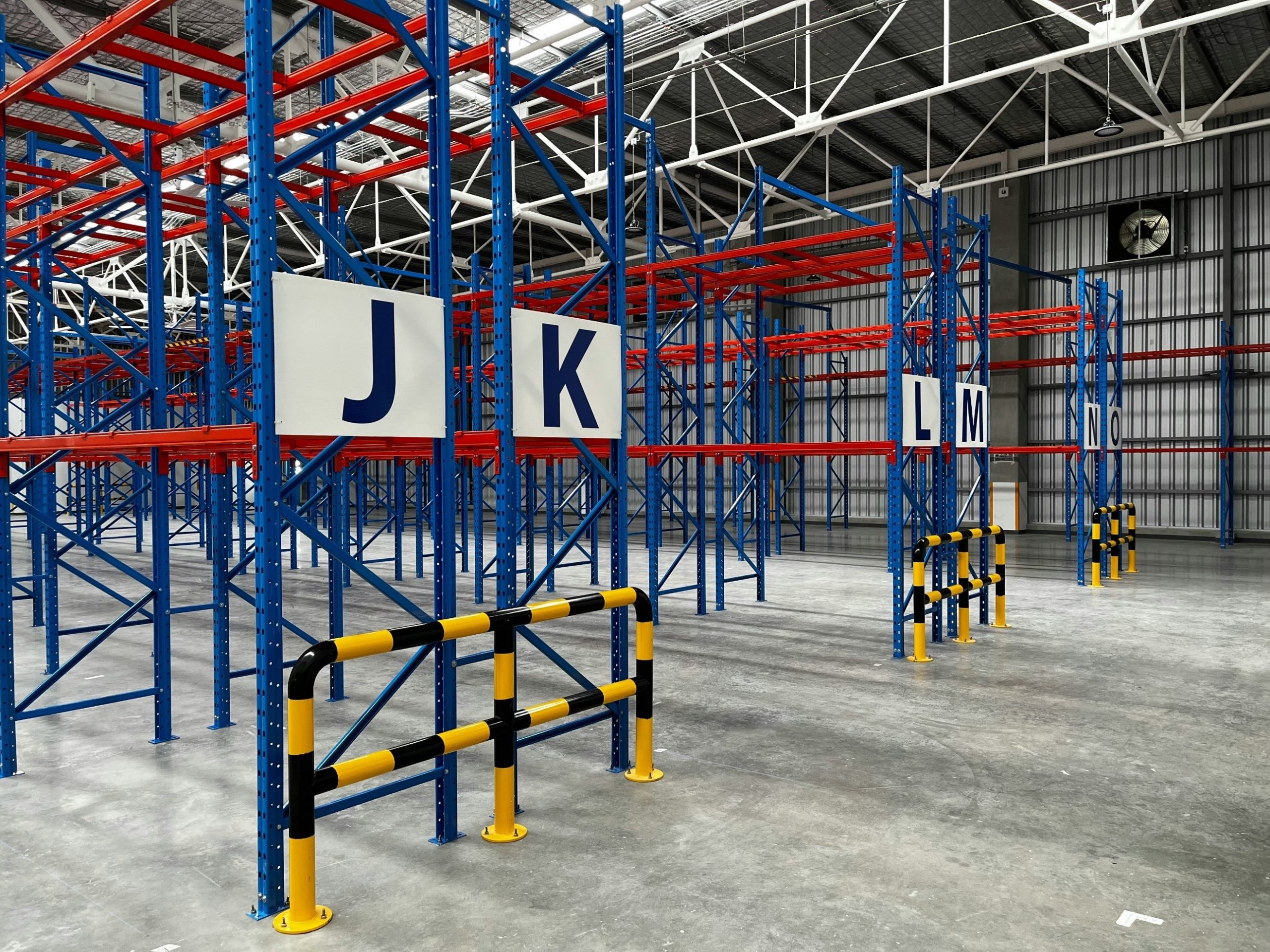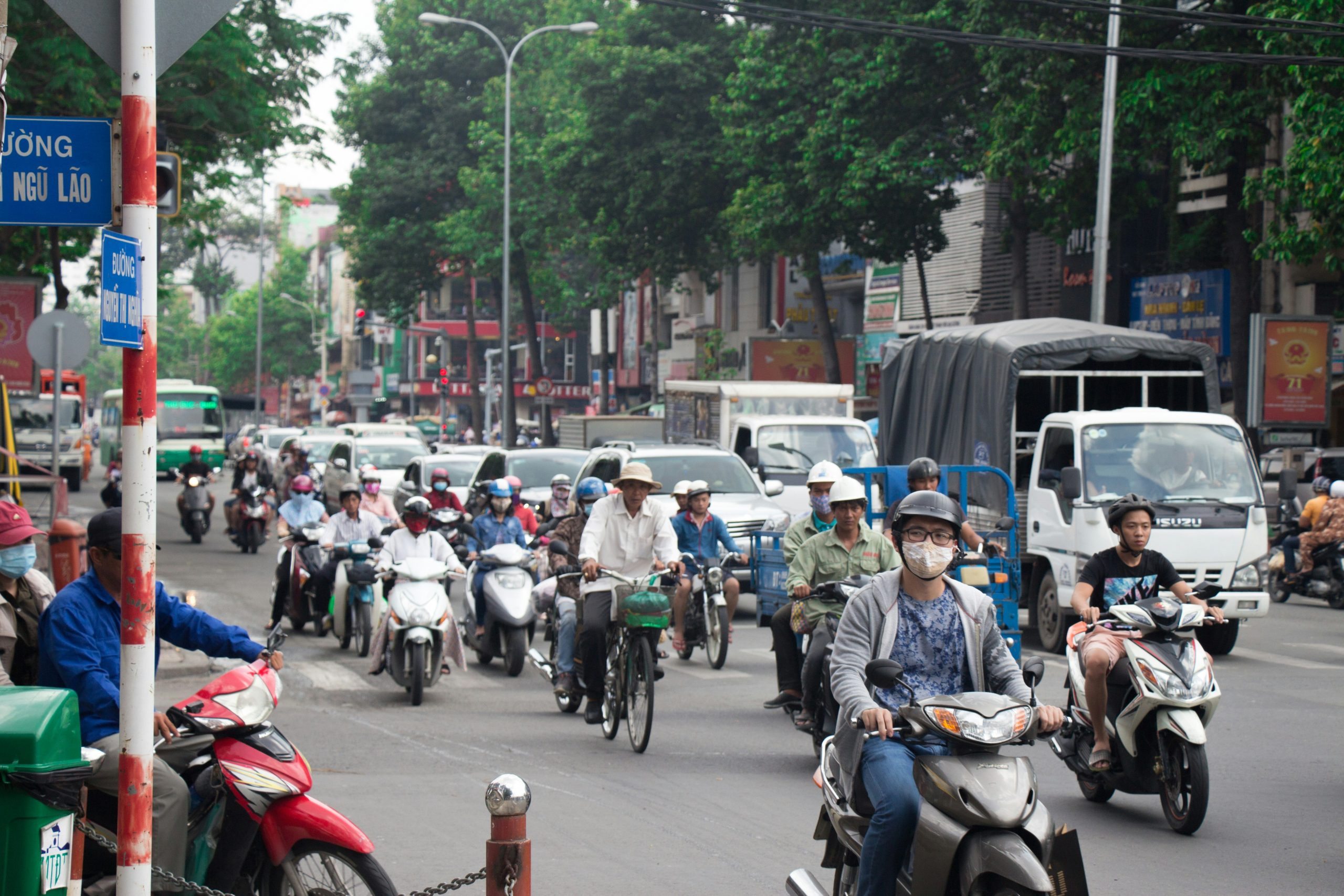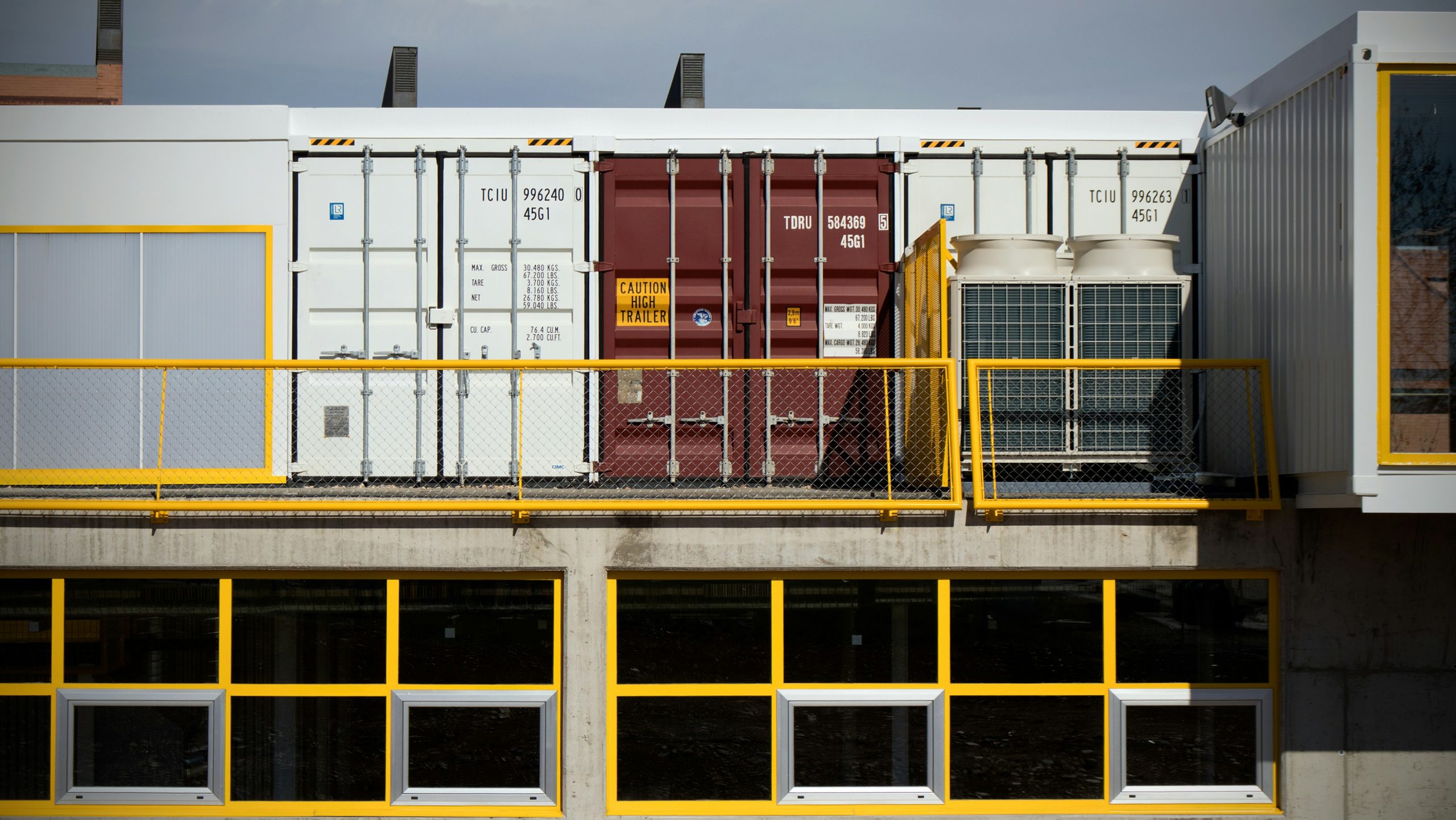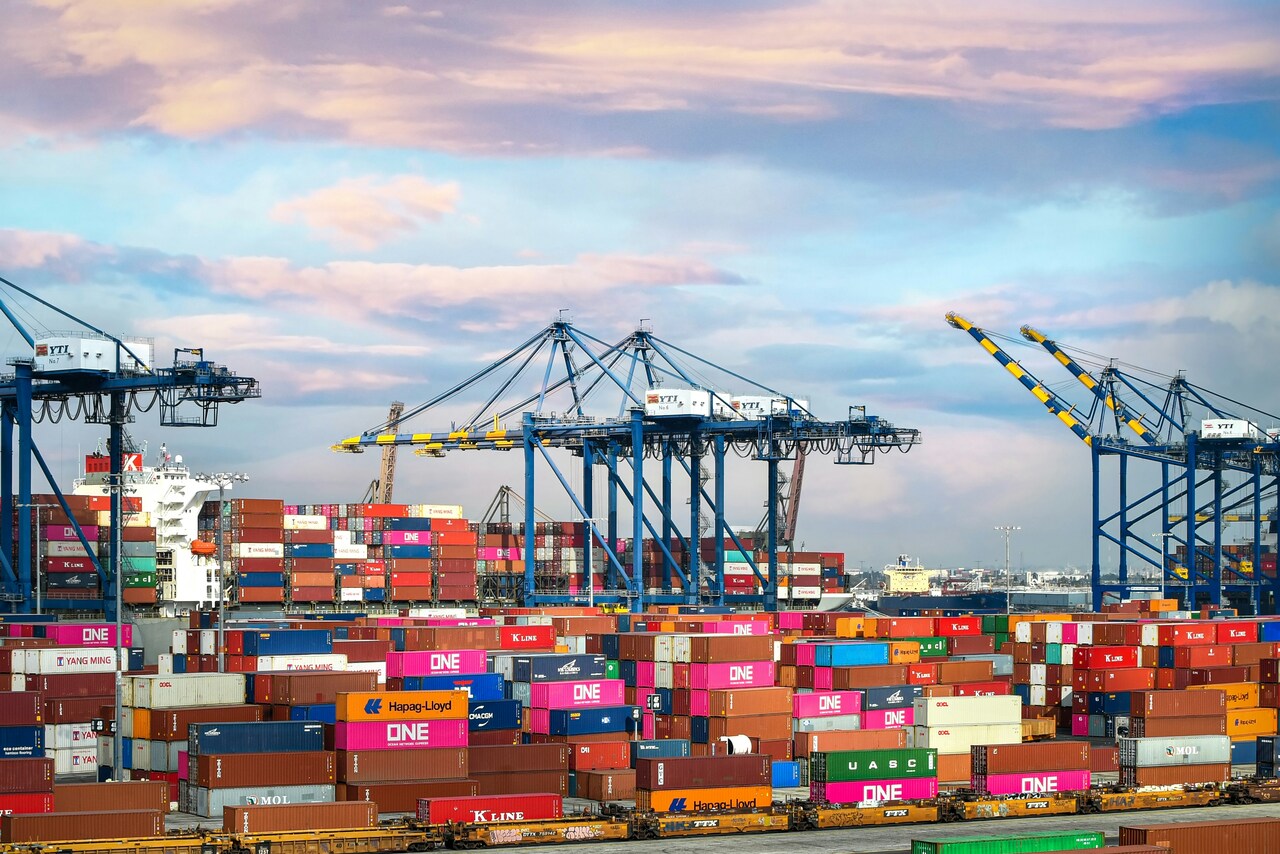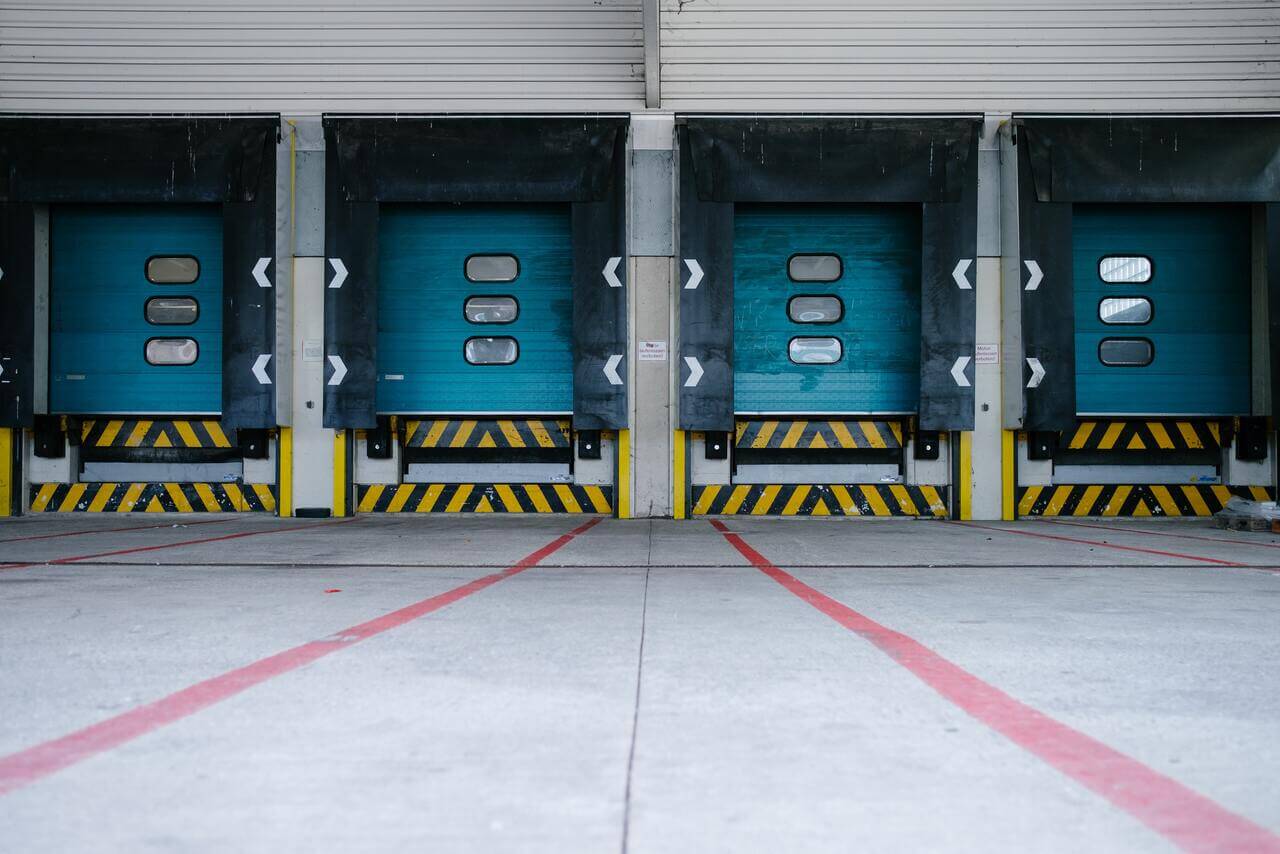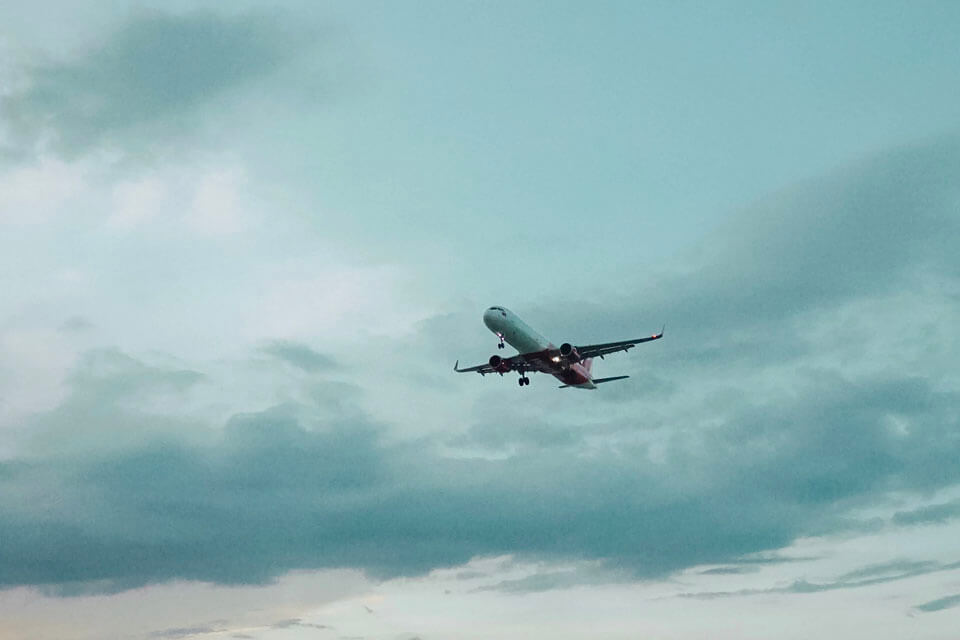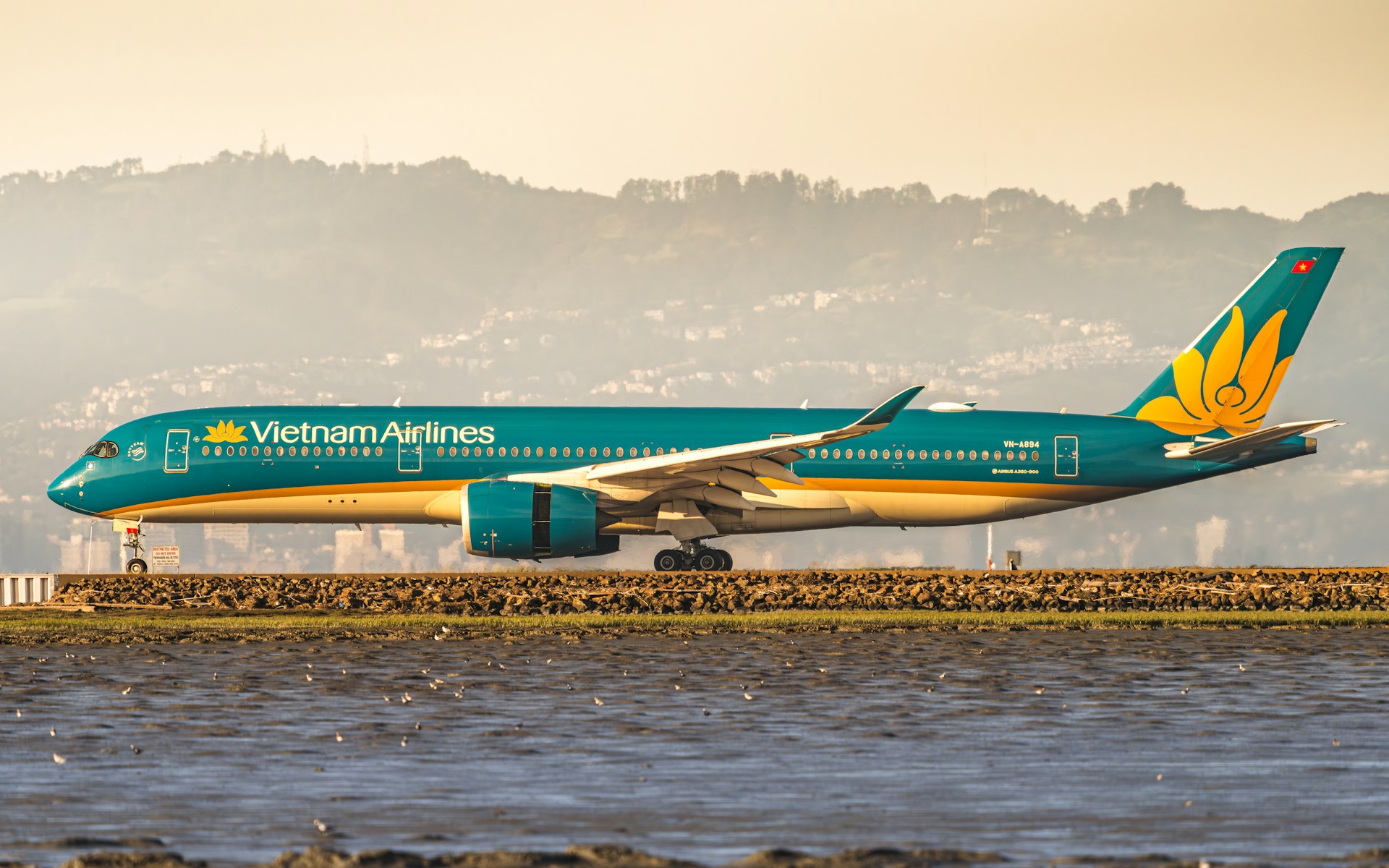
19May2025
Highlight content / Highlight Content JP / Highlight content vi / Industry Reviews / Latest News & Report
Comments: No Comments.
The Vietnamese aviation market is experiencing rapid growth but stands at a pivotal juncture. Despite record-high passenger numbers and clear signs of post-COVID recovery, the industry faces mounting challenges, including declining on-time performance, delays in aircraft acquisition, and reduced customer satisfaction on international routes. This article offers a comprehensive analysis of the current landscape and future outlook of Vietnam’s aviation sector, with a particular focus on the national flag carrier, Vietnam Airlines (VNA).
On-time performance declined
Although the on-time performance rates of Vietnamese airlines reached high levels during the COVID-19 pandemic in 2020–2021, they have been on a downward trend since 2022 due to congestion and reduced operational efficiency. In 2024, VietJet Air saw its rate drop to around 63%, while Vietnam Airlines (VNA) maintained relative stability at 83%.
On-time operation rates of major airlines in Vietnam (%)
| Vietnam Airlines | VietJet Air | Bamboo Airways | Pacific Airlines | VASCO | Vietravel Airlines | |
| 2020 | 95.00 % | 89.60 % | 96.00 % | 90.00 % | 92.00 % | – |
| 2021 | 95.00 % | 90.00 % | 96.50 % | 91.00 % | 93.00 % | – |
| 2022 | 87.10 % | 79.50 % | 92.50 % | 84.50 % | 92.00 % | 86.50 % |
| 2023 | 86.80 % | 79.00 % | 92.40 % | 84.40 % | 91.00 % | 86.60 % |
| 2024 | 83.00 % | 63.00 % | 82.80 % | 71.70 % | 85.50 % | 81.50 % |
(Data for 2024 are for the period January-September 2024)
In terms of average delay time, VNA has a relatively short delay time of approximately 45 minutes, while VietJet Air’s delay time sometimes exceeds 60 minutes, highlighting the difference between the two domestic companies. Given these data, it can be said that VNA maintains an average level of operation within the region.
Aging Fleet, Delayed Deliveries, and Declining Operational Efficiency
VNA currently owns a fleet of around 180 aircraft, but only about 150 are reportedly in active passenger service. This gap is largely due to the retirement of aging aircraft, restructuring of leaseback agreements, and delays in the delivery of new planes. In particular, the global issues surrounding the Boeing 737 MAX have had widespread implications. Following the recent Alaska Airlines incident, procurement schedules are being reassessed, likely affecting VNA’s own plans. Furthermore, supply chains at both Boeing and Airbus are under significant strain, as surging demand in emerging markets continues to exacerbate delivery delays.
Customer Voices on Social Media: Stricter Scrutiny on International Routes
Social media analysis reveals that much of the criticism directed at Vietnam Airlines (VNA) centers on delays and sudden schedule changes on international routes. Reports from early 2024 indicate that the Hanoi–Singapore route, for instance, experienced frequent delays averaging over one hour. In contrast, domestic routes generally receive more favorable feedback regarding punctuality, contributing to relatively stable overall customer satisfaction.
Among travel industry professionals, many note that while statistical delay rates have improved, the perceived quality of service remains a work in progress. On routes with high business travel demand in particular, there is a growing expectation for quicker responses to rebooking requests and schedule changes.
Passenger Numbers Surpass Pre-COVID Levels, Marking a New Record
The speed of recovery in the aviation market is also noteworthy. In 2023, the total number of air passengers—domestic and international—reached approximately 125 million, a 29% increase year-on-year and an all-time high. Vietnam Airlines (VNA) transported around 24 million passengers, securing a 21% share of the domestic market. Notably, domestic travel has already exceeded pre-COVID levels, indicating resilient demand. Although international travel remains at about 85% of 2019 levels, a full recovery is expected by the end of 2024.
Number of passengers of airlines in Vietnam (people)
| Number of passengers on domestic flights (Million) | Number of passengers on international flights (Million) | |
| 2020 | 70 | 30 |
| 2021 | 75 | 32 |
| 2022 | 80 | 35 |
| 2023 | 85 | 40 |
| 2024 | 90 | 45 |
Summary: Steps to Improvement and Competitiveness
The Vietnamese aviation market is simultaneously growing rapidly and solving problems, and the following points are of particular importance to VAN.
– Continue to improve the delay rate: improve public disclosure and transparency of monthly data in order to lower the delay rate of 12.5% in 2023.
– Improving efficiency of equipment procurement: Introducing new equipment and improving maintenance efficiency in order to increase the utilization rate of owned equipment.
– Improved service from the user’s perspective: promptly resolved delay problems, especially on international flights, by reflecting feedback from SNS and travel agencies.
Going forward, Vietnam Airlines (VNA) will be expected to move closer to international standards in both transparency and quality control, drawing lessons from Japanese carriers such as ANA and JAL. As growth and challenges continue to intersect in Vietnam’s aviation market, the question remains whether VNA can emerge as a symbol of its future.
* If you wish to quote any information from this article, please kindly cite the source along with the link to the original article to respect copyright.
| B&Company
The first Japanese company specializing in market research in Vietnam since 2008. We provide a wide range of services including industry reports, industry interviews, consumer surveys, business matching. Additionally, we have recently developed a database of over 900,000 companies in Vietnam, which can be used to search for partners and analyze the market. Please do not hesitate to contact us if you have any queries. info@b-company.jp + (84) 28 3910 3913 |




